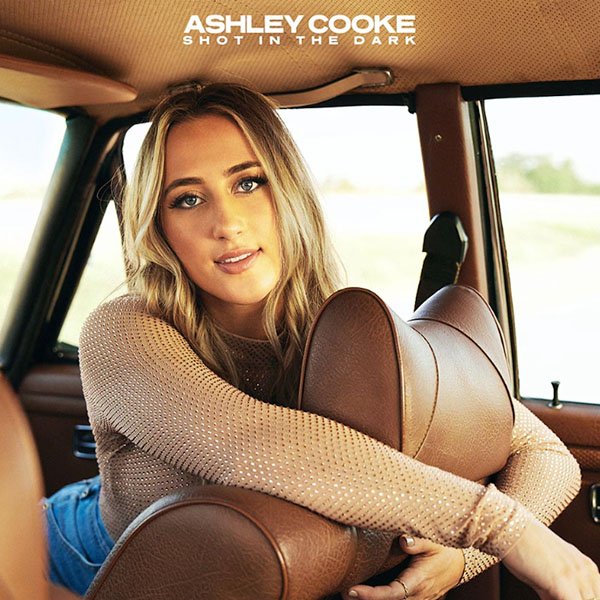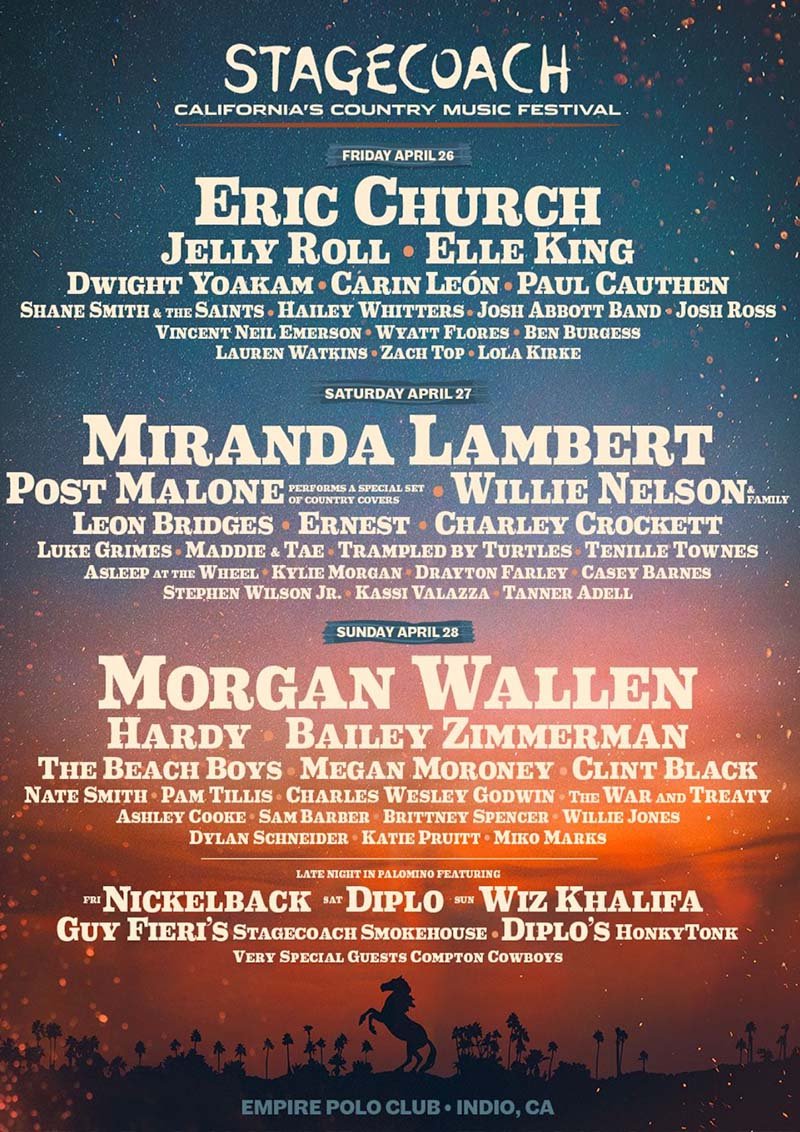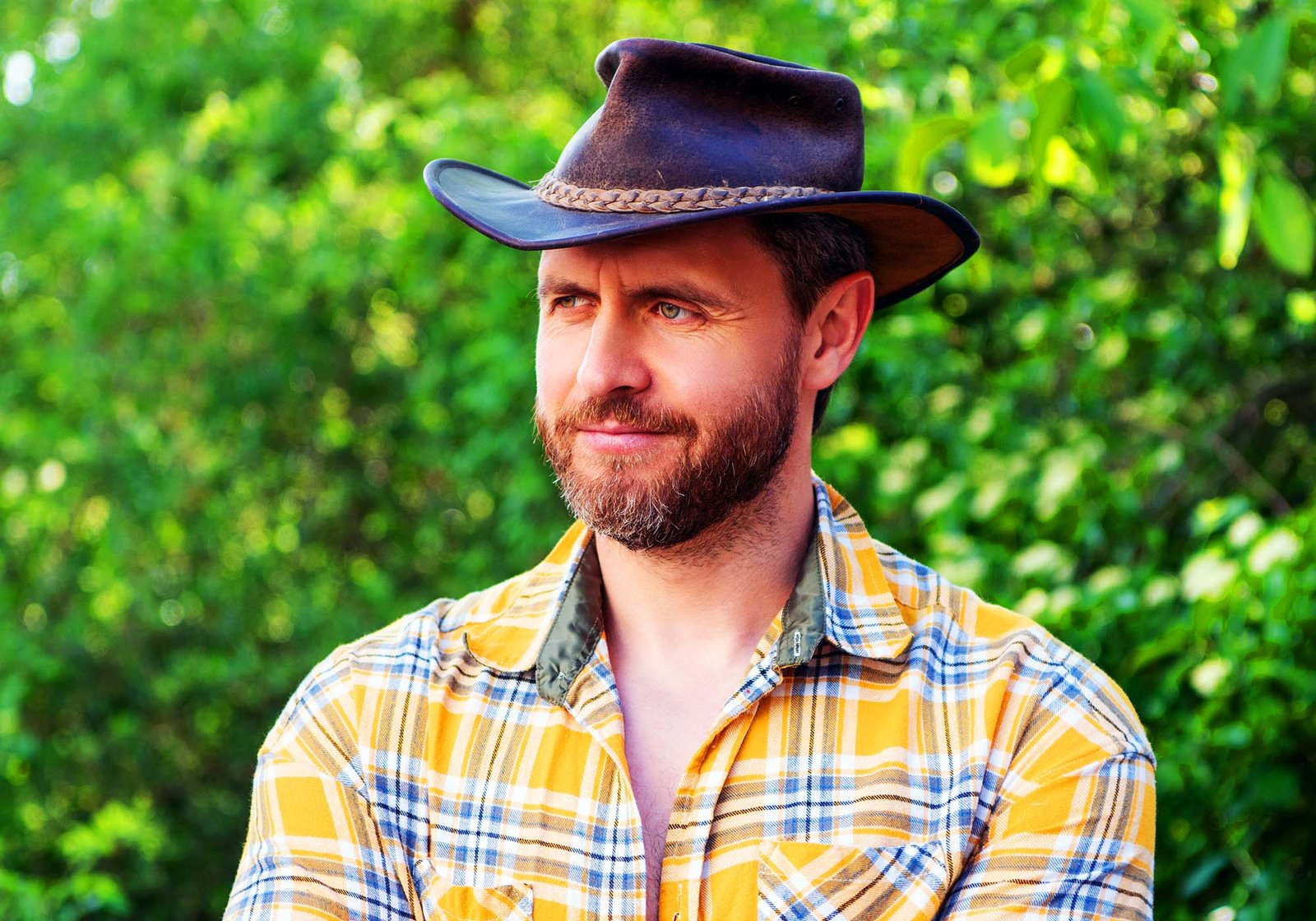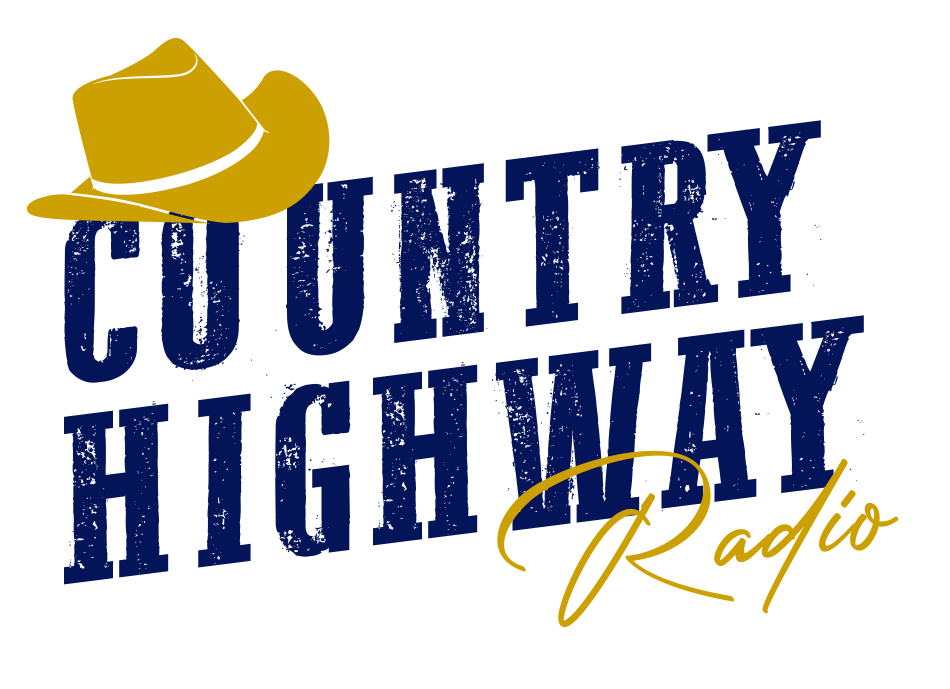Classic country music, style of American popular music that originated in rural areas of the South and West in the early 20th century. The term country and western music (later shortened to country music) was adopted by the recording industry in 1949 to replace the derogatory label hillbilly music.
Ultimately, country music’s roots lie in the ballads, folk songs, and popular songs of the English, Scots, and Irish settlers of the Appalachians and other parts of the South. In the early 1920s the traditional string-band music of the Southern mountain regions began to be commercially recorded, with Fiddlin’ John Carson garnering the genre’s first hit record in 1923. The vigour and realism of the rural songs, many lyrics of which were rather impersonal narratives of tragedies pointing to a stern Calvinist moral, stood in marked contrast to the often mawkish sentimentality of much of the popular music of the day.
More important than recordings for the growth of country music was broadcast radio. Small radio stations appeared in the larger Southern and Midwestern cities in the 1920s, and many devoted part of their airtime to live or recorded music suited to white rural audiences. Two regular programs of great influence were the “National Barn Dance” from Chicago, begun in 1924, and the “Grand Ole Opry” from Nashville, begun in 1925. The immediate popularity of such programs encouraged more recordings and the appearance of talented musicians from the hills at radio and record studios. Among these were the Carter Family and Jimmie Rodgers, whose performances strongly influenced later musicians. These early recordings were of ballads and country dance tunes and featured the fiddle and guitar as lead instruments over a rhythmic foundation of guitar or banjo. Other instruments occasionally used included Appalachian dulcimer, harmonica, and mandolin; vocals were done either by a single voice or in high close harmony.
With the migration of many Southern rural whites to industrial cities during the Great Depression and World War II, country music was carried into new areas and exposed to new influences, such as blues and gospel music. The nostalgic bias of country music, with its lyrics about grinding poverty, orphaned children, bereft lovers, and lonely workers far from home, held special appeal during a time of wide-scale population shifts.
The 1970s saw the growth of the “outlaw” music of prominent Nashville expatriates Willie Nelson and Waylon Jennings. The gap between country and the mainstream of pop music continued to narrow in that decade and the next as electric guitars replaced more traditional instruments and country music became more acceptable to a national urban audience. Country retained its vitality into the late 20th century with such diverse performers as Dolly Parton, Randy Travis, Garth Brooks, Reba McEntire, Emmylou Harris, and Lyle Lovett. Its popularity continued unabated into the 21st century, exemplified by performers Kenny Chesney, Brad Paisley, Alan Jackson, Blake Shelton, Carrie Underwood, Miranda Lambert, the Zac Brown Band, and Chris Stapleton, among others. Despite its embrace of other popular styles, country music retained an unmistakable character as one of the few truly indigenous American musical stay.





